The Evil Eye symbol, a distinctive blue emblem featuring concentric circles of white and dark blue, punctuated by a lighter shade resembling an eye, is ubiquitous. Found on pendants, lockets, bracelets, and various other forms, its presence is felt across numerous cultures.
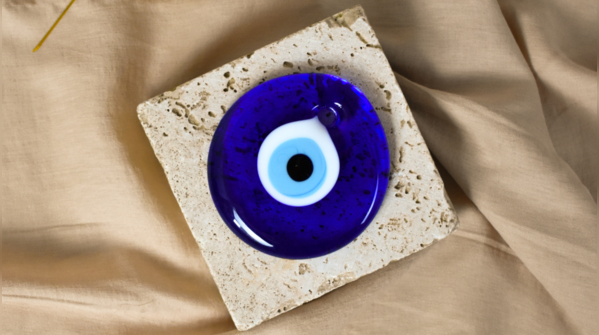
While some cultures embrace the Evil Eye pendant as a protective charm, particularly for children, others advise against it, viewing it with suspicion. This dichotomy raises a fundamental question: Is the Evil Eye a safeguard against negativity, or a conduit for something far more sinister?
The primary function attributed to the Evil Eye is protection. Proponents believe that regardless of its form, the symbol deflects jealousy, envy, and harmful energies directed at the wearer. This malevolence, they say, can originate not only from adversaries but also from envious friends, secretly harboring ill will despite outward compliments. The Evil Eye, therefore, serves as a constant guardian.

The Evil Eye's protective scope extends beyond personal adornment. It is customary to bestow Evil Eye charms upon newborns, shielding them from malevolent gazes and envy. Furthermore, these symbols are incorporated into new homes, vehicles, and furniture, acting as a talisman against misfortune.
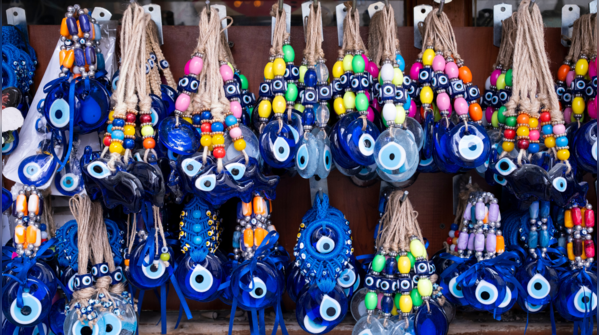
The belief in the Evil Eye's protection stems from the notion that negative energy can be transmitted through looks. Although lacking scientific validation, this conviction empowers individuals who rely on pendants and amulets for safeguarding loved ones from jealousy, warding off bad luck, and fostering a sense of peace and confidence.
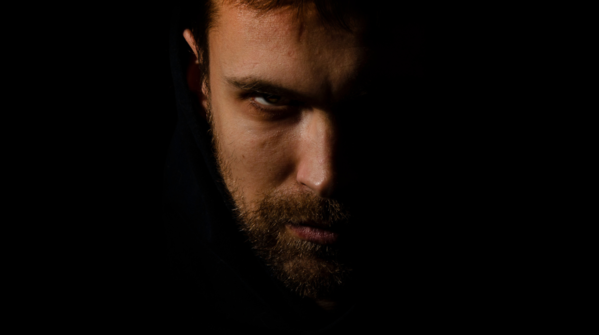
Conversely, certain communities consider the Evil Eye amulet to be detrimental. They argue that it embodies the very evil it purports to repel. By wearing or displaying the Evil Eye, individuals may inadvertently invite demonic or dark entities, seeking protection from similar forces. This perspective portrays the Evil Eye as a magnet for negativity rather than a shield against it.
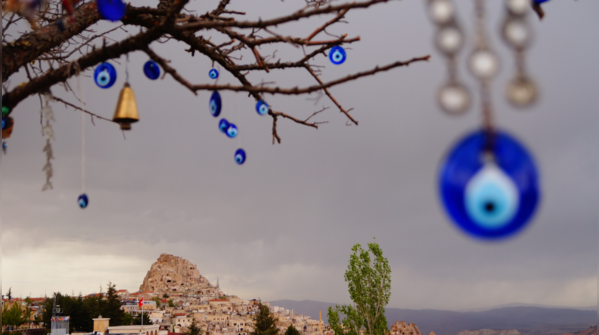
Ultimately, the truth behind the Evil Eye remains subjective. Lacking empirical evidence, its significance hinges on individual belief systems. While some fervently champion its protective capabilities, others shun it, associating it with malevolent energy.

Another tenet surrounding the Evil Eye suggests that a broken amulet, whether a pendant, bracelet, or hanging ornament, signifies an encounter with negative energy. The amulet's destruction indicates that it has absorbed the malevolence to safeguard the wearer, signaling a renewed need for protection.
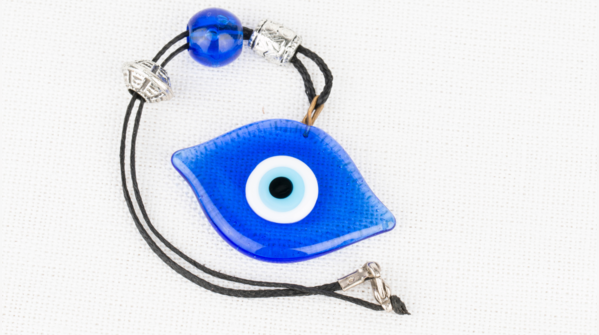
Newer articles
Older articles
 Evil Eye Amulet: Protective Charm or Portal to Dark Forces? A Cultural Debate
Evil Eye Amulet: Protective Charm or Portal to Dark Forces? A Cultural Debate
 Jayden Seales Fined by ICC for Provocative Gesture During Australia Test Match
Jayden Seales Fined by ICC for Provocative Gesture During Australia Test Match
 Paralympic Archer Sheetal Devi's Viral Video Shows Her Driving Car with Feet, Defying Expectations
Paralympic Archer Sheetal Devi's Viral Video Shows Her Driving Car with Feet, Defying Expectations
 Broad Slams India's Team Selection After Headingley Test Loss, Calls for Roster Tweaks at Edgbaston
Broad Slams India's Team Selection After Headingley Test Loss, Calls for Roster Tweaks at Edgbaston
 Umpire Controversy Erupts: West Indies Coach Sammy Questions Holdstock's Consistency in Barbados Test
Umpire Controversy Erupts: West Indies Coach Sammy Questions Holdstock's Consistency in Barbados Test
 Sachin Tendulkar: 1983 World Cup Win Sparked My Cricket Dream at Age 10
Sachin Tendulkar: 1983 World Cup Win Sparked My Cricket Dream at Age 10
 Jaiswal's Fielding Woes: Ex-India Star Kaif Points to Potential Cause for Dropped Catches in England Test
Jaiswal's Fielding Woes: Ex-India Star Kaif Points to Potential Cause for Dropped Catches in England Test
 Team India's England Tour: Rahul's Sleep Strategy, Coaching Rituals, and Coffee Culture Revealed
Team India's England Tour: Rahul's Sleep Strategy, Coaching Rituals, and Coffee Culture Revealed
 Suryakumar Yadav Successfully Completes Sports Hernia Surgery, Eyes Return to Cricket
Suryakumar Yadav Successfully Completes Sports Hernia Surgery, Eyes Return to Cricket
 Gujarat Cricket Set to Launch T20 League in 2025-26 Season
Gujarat Cricket Set to Launch T20 League in 2025-26 Season